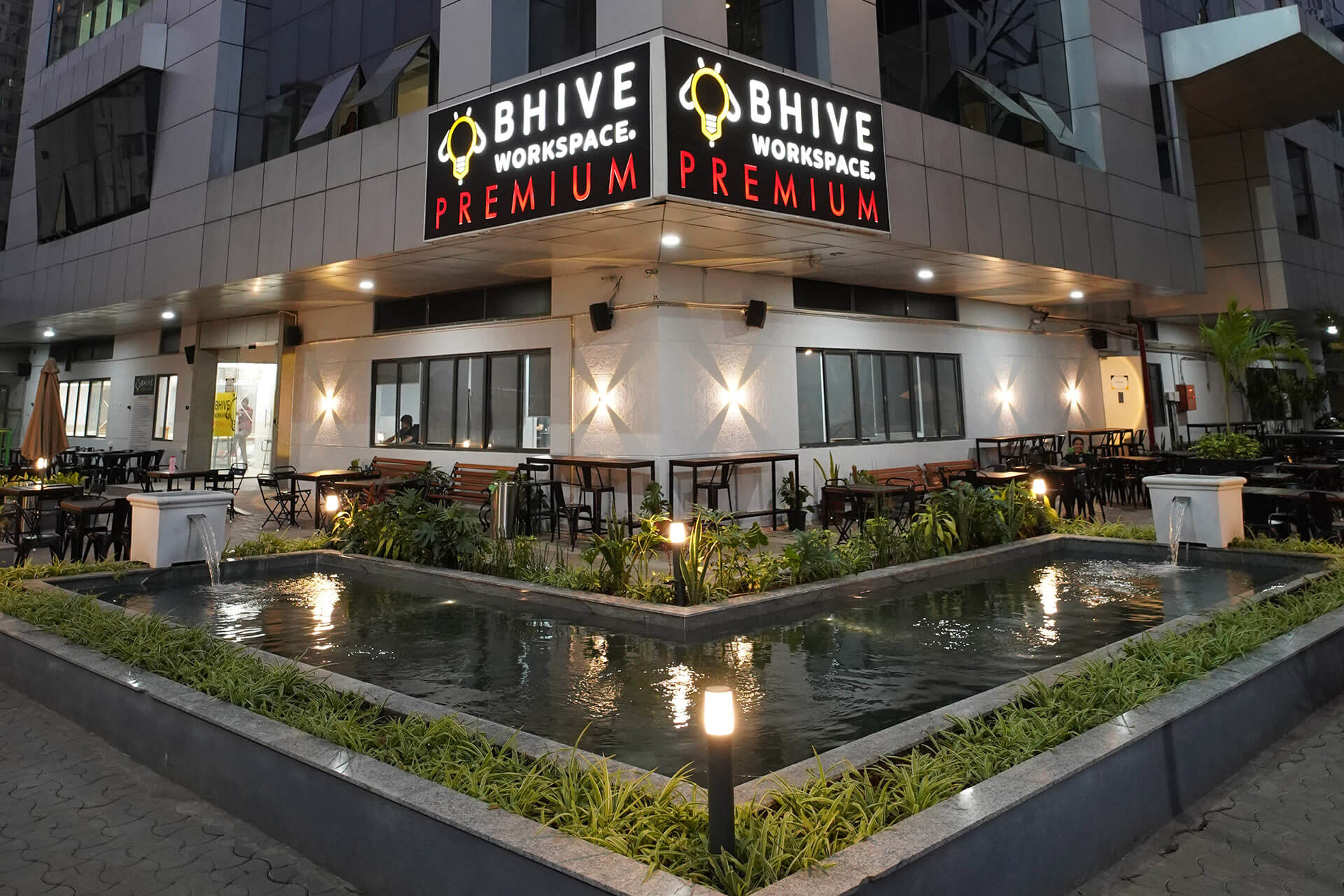E - PAPER
Future of Retail Realty
Mukesh Kumar, Senior VP, Infiniti Malls shares his views on the retail real estate market of the country with Realty Plus. Markets such as Delhi, Mumbai, Pune, Hyderabad and Bengaluru have already witnessed high growth rates in retail and formed an established retail mar
 BY
Realty Plus
BY
Realty Plus
Published - Monday, 24 Jul, 2017

Mukesh Kumar, Senior VP, Infiniti Malls shares his views on the retail real estate market of the country with Realty Plus.
Markets such as Delhi, Mumbai, Pune, Hyderabad and Bengaluru have already witnessed high growth rates in retail and formed an established retail market, while newer ones are constantly emerging. Taking into account the total retail space in the organised sector, growth in per-capita mall space in India is one of the highest amongst Emerging Asian nations. Several global retail chains - big-box, high-end, luxury categories - are entering India in order to grab a pie of this growing market. Over 120 to 150 million sq. ft. of new mall space are estimated to come up in the country in the next five years.
Newer formats of retail space
Newer formats in the form of Wholesale Club are being developed for consumers who purchase on bulk and look out for discounts, offers etc. respectively. Such experimentation and identification of an appropriate format for the local conditions would separate winners from losers in India, possibly implying multiple formats could be the reality in the long run.
Considering the diversity in terms of taste and preferences existing in India the retailers may go for experimentation to identify the winning format suited to different geographies and segments. For example, the taste in south is different from that in north and this brings challenges to the retailers.
However, there has been a change of trend in terms of location of retail space. All these years, retail existed in high street formats. But with new projects the development has shifted from City Centre to far-off distance.
Marketability of retail projects
Since the middle of previous decade, India has witnessed income growth of about 10% y-o-y, enabling large sections of its population to move up the consumption, fashion and lifestyle pyramid. This has, naturally, driven demand for organised retail space as opposed to traditional convenience stores.
The Tier I and Tier II cities of Mumbai, NCR Delhi, Chennai, Kolkata, Bangalore, Pune and Hyderabad account for over 70% of the country’s total retail stock and is spreading to Tier II and Tier III cities as well. Developers are now looking at experimenting more with a mixed-use format rather than standalone retail formats, allowing for quality retail on the lower floors and commercial spaces on the upper floors.
The changing trends
With today’s shopper being spoilt for choice within the comfort of their homes through digital commerce, shopping centres need to reposition themselves as social spaces with leisure and entertainment being as important as the retail component. The new shopping centres need to evolve out of solutions linked to spirit of ‘wowing’ the customer. Crafting consumer experiences around social spaces: That is the Genesis for malls to evolve in the digital era.
Now, when consumers visit malls, they are looking for experiences that go well beyond traditional shopping. Sustainability concerns are causing some consumers to prefer mixed use developments within walking distance. Importantly, malls are the new public spaces to socialize and congregate. Entertainment, dining, and leisure are the nutrients that are enriching undernourished retail centres.
RELATED STORY VIEW MORE
TOP STORY VIEW MORE

Mixed Outlook for Australia's Housing Sector In 2024
Mixed Outlook for Australia's Housing Sector In 2024
05 December, 2024NEWS LETTER
Subscribe for our news letter
















